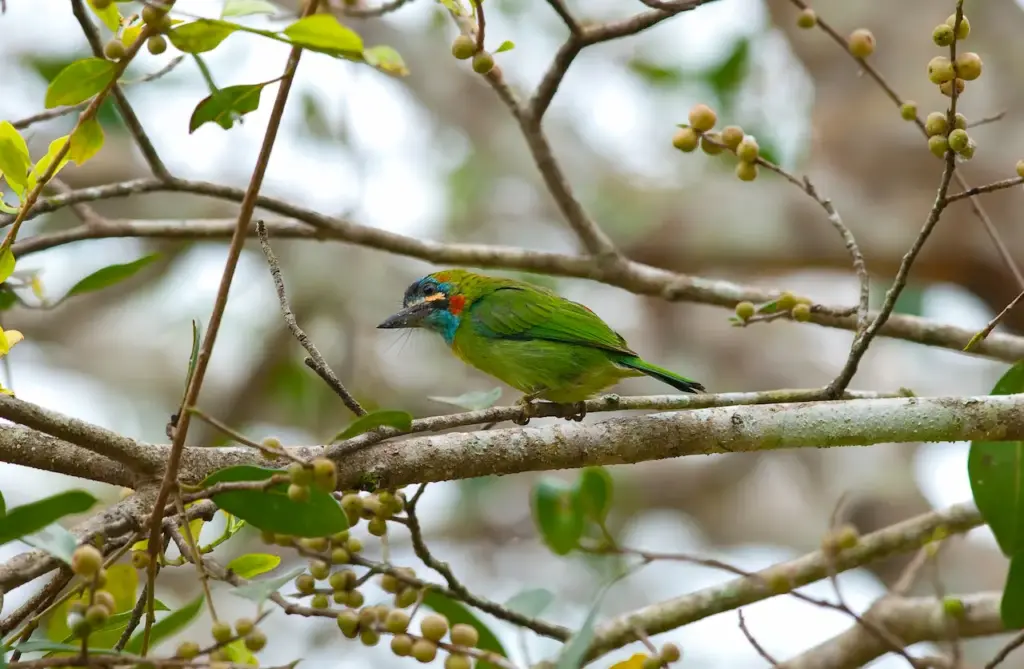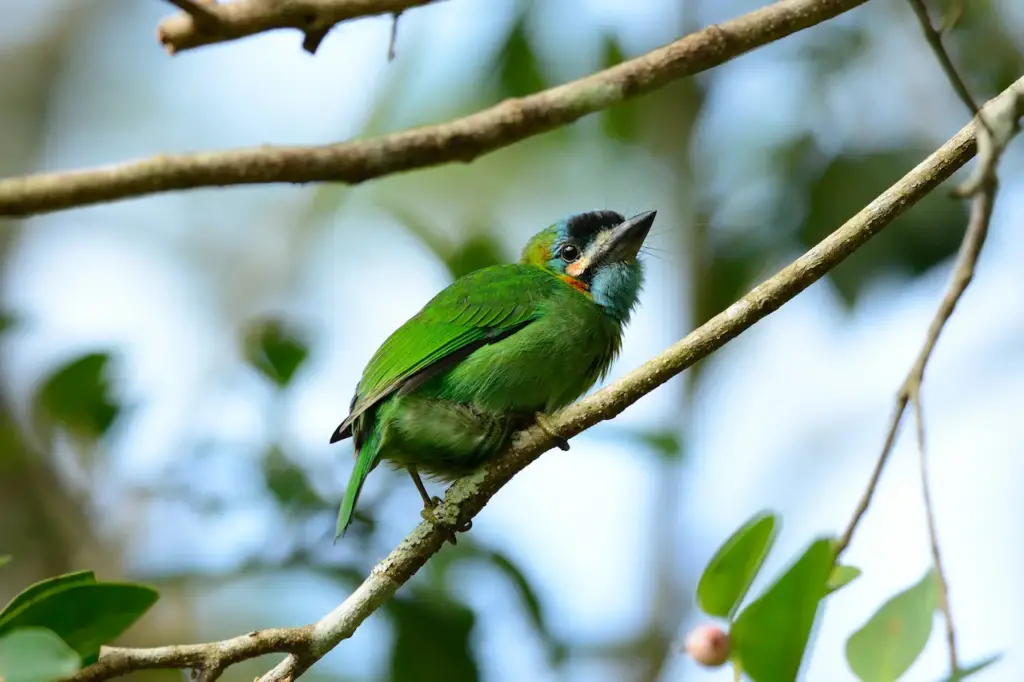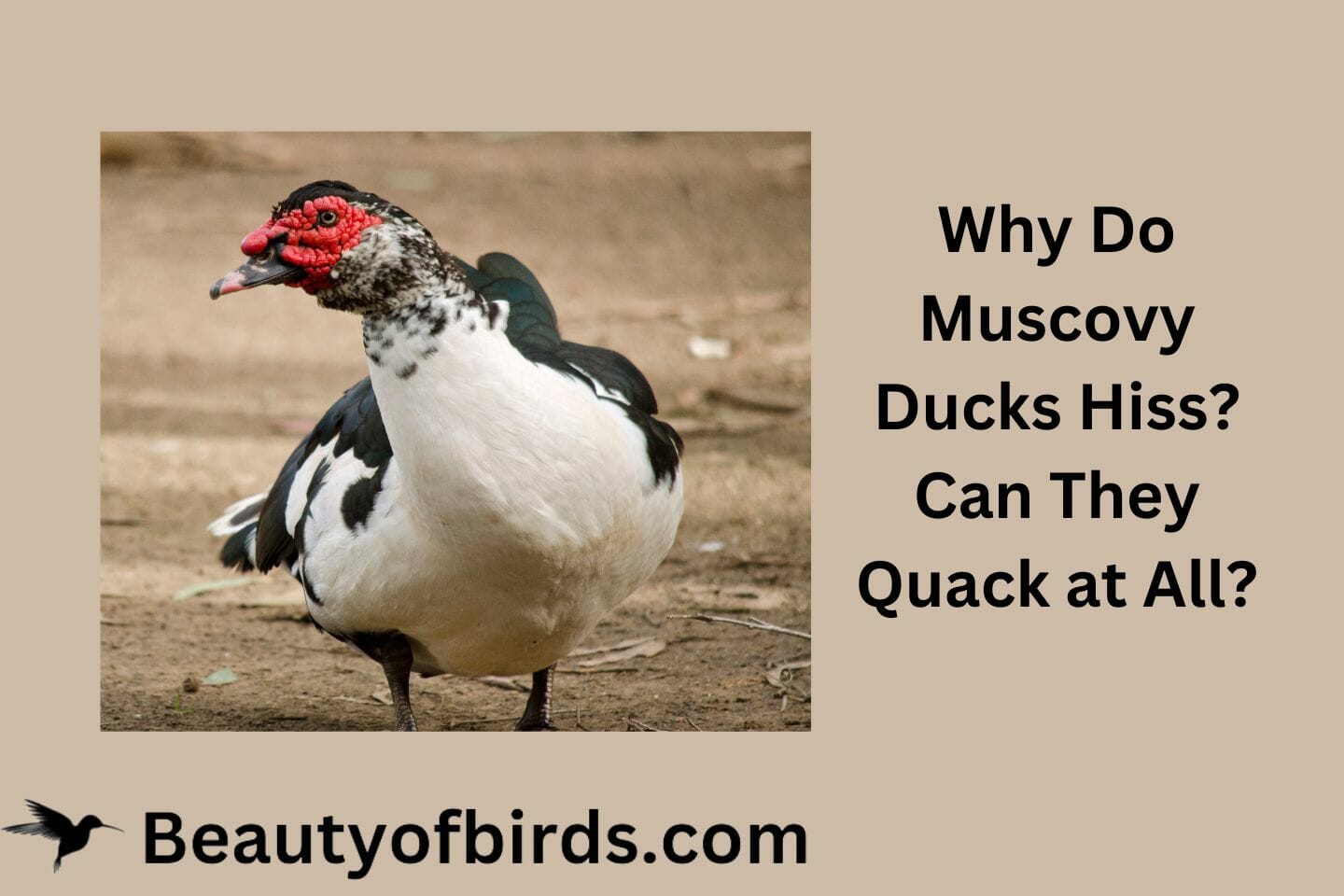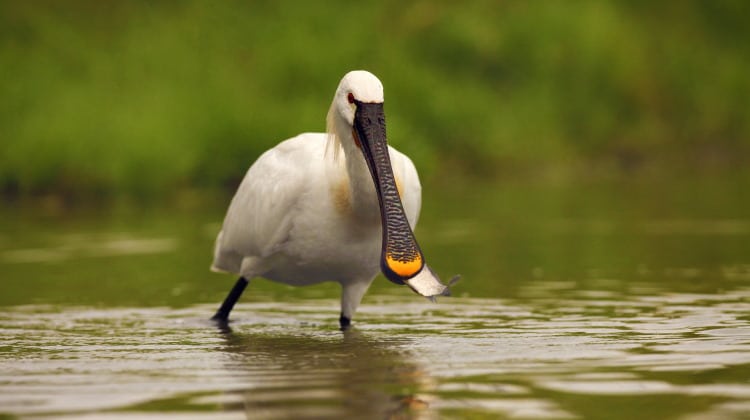The Blue-eared Barbets, Megalaima australis, is an Asian barbet. Barbets are a group of near passerine birds with a world-wide tropical distribution. They get their name from the bristles which fringe their heavy bills.

Distribution / Range
The Blue-eared Barbet is a resident breeder in the hills from northeast India east to through Southeast Asia to Singapore, Indonesia and Borneo.
It is a species of broadleaf evergreen forest, mixed woodland and second growth up to 1525 m altitude.
Description
This small barbet is 17-18 cm in length. It is a plump bird, with a short neck, large head and short tail. The bill is dark, and the body plumage is green, but the subspecies have different head patterns.
The adult male of the form, M. a. cyanotis, which occurs from northeast India to peninsular Thailand has a black forehead, blue midcrown, ear coverts (feathers covering the ears) and throat, red markings above and below the ear coverts, and orange cheeks.
The female has a duller head pattern with a more orange tint to the patches above and below the ear coverts.
The juvenile has a green head with some blue on the ear coverts and throat.
The male’s territorial call is a repeated loud ko-tek. Other calls include a whistled pleow.

Other Subspecies:
-
- M. a. stuarti, western and central Thailand
- M. a. invisa, northern Thailand
- M. a. orientalis, southeast Thailand and Indo-China
- M. a. duvaucelii, Malaysia, Sumatra, and the lowlands of Borneo
- M. a. gigantorhina, Nias Islands, west Sumatra
- M. a. tanamassa, Batu Islands, west Sumatra
- M. a. cyanea, Mt. Kinabalu, north Borneo
- M. a. australis, the nominate Javan subspecies
- M. a. hebereri, Bali
Ripley’s M. a. eximia, north Borneo, is now usually split as the Bornean Barbet, M. eximia.
Diet / Feeding
They primarily feed on fruits, but will also eat a wide range of insects, such as ants, cicadas, dragonflies, crickets, locusts, beetles, moths and mantids.
Breeding / Nesting
They nest in tree holes and hens usually lay 2 to 4 eggs, which are incubated for 13 to 15 days.





